The DNA Network |
| Blogging from Bangladesh [Tomorrow's Table] Posted: 01 Nov 2008 08:29 PM CDT The posts this week will be from Bangladesh and India. I have temporarily moved the blog to Nature networks, link to be posted soon |
| Webicina: Free E-Courses [ScienceRoll] Posted: 01 Nov 2008 02:40 PM CDT Webicina is an online service that aims to provide medical professionals and patients with e-learning tools and personalized solutions focusing on how to enter the web 2.0 era. Now you can access our free e-lessons, the samples that can give you some details about the full e-courses, without registration.
 |
| 10 Reasons Why I Use Twitter [ScienceRoll] Posted: 01 Nov 2008 02:21 PM CDT Yesterday, Dan Weberg was curious how and why medical students use Twitter, a microblogging service. Jen McCabe Gorman directed him to me so now I thought I should list my reasons here. 1. I can contact fellow medical students and professors easily. 2. I get answers for my medicine-related questions from educators from around the world. 3. I get feedback easily so I always post there my ideas and projects. 4. I’ve recently started to read the Presentation Zen book and I really liked the foreword from Guy Kawasaki. Today I could contact him on Twitter. It feels good to be so close to the world. 5. It can replace RSS as bloggers share their newest posts with us (e.g. Kevin, MD). I can also follow health news aggregators and services on Twitter. (e.g. Eye on FDA, ICMCC) 6. I will graduate from medschool next September. That’s why I’m glad I can follow doctors and see what their everyday lives are like. This way, I can prepare myself for practicing medicine. 7. I cannot be up-to-date about the lives and careers of all of my friends and collegues by e-mail, but on Twitter it’s a piece of cake to know their important steps and milestones. 8. In order to check all the important health news of Second Life, I only have to follow Patricia F Anderson and Mal Burns. 9. It serves as a universal chat service. I can contact anyone while flying in Second Life, blogging live or writing e-mails. 10. I can watch and follow interesting discussions focusing on health, web 2.0 or medicine. I feel I’m in the middle of an active group or community consisting of medical students, patients, doctors, nurses, healthcare lawyers and medical librarians. Follow me on Twitter and join the community…  |
| Collaboration in Second Life - a nice example [Discovering Biology in a Digital World] Posted: 01 Nov 2008 10:01 AM CDT I was in in Washington D.C. this last week attending the National Science Foundation's Advanced Technology Education conference. During the conference, I attended one workshop and one talk on Second Life. Both of the presentations were focused on Teen Second Life, which was interesting, but neither presentation did a very good job of illustrating how I would use Second Life as a teaching tool. Julian Lombardi's blog has a short YouTube movie that comes pretty close. Be patient, the marketing pitch doesn't last forever. Read the rest of this post... | Read the comments on this post... |
| In case you don’t want to deal with RSS [ScienceRoll] Posted: 01 Nov 2008 05:23 AM CDT It’s quite hard to keep up with the medical literature and the numerous medical news aggregators. In order to solve this problem, you have several tools in your hand:
You can also find a free e-lesson about how to keep yourself up-to-date on Webicina.com.  |
| What’s on the web? (1 November 2008): Nylon-eating bacteria [ScienceRoll] Posted: 01 Nov 2008 04:56 AM CDT
 |
| Melamine Open Secret [Sciencebase Science Blog] Posted: 01 Nov 2008 04:03 AM CDT
Subsequently, lists of contaminated products appeared in the media and on the web and as the melamine scandal widened, the Chinese government issued an apology and promised to crack down on the problem. However, with news this week that batches of eggs imported into Hong Kong from China have tested positive for melamine, which is suspected of causing kidney problems, it now appears that the compound is being added routinely to animal feed in China. According to the BBC, this news has been released into the Chinese state media by a government realising it has far less control over food standards that it ought to have. The melamine scandal is not new. It is essentially an open secret in China that the compound is added to all kinds of foods, particularly animal feed and pet food to artificially inflate the protein readings at the so-called quality control stage. Melamine was at the heart of the petfood scandal in 2007, but that was simply the first time that the West learned of the problem. It seems obvious that melamine could have been in the food chain much longer than that. But, whether the open secret of melamine in the food supply is actually as serious a problem as the media would have us believe is down to toxic dose. AP quotes Peter Dingle, a toxicologist from Murdoch University, Perth, Australia, who says that aside from the tainted baby formula that killed at least four Chinese infants and left 54,000 children hospitalized in September, it is unlikely humans will get sick from melamine. The amount of the chemical in a few servings of bacon, for instance, would simply be too low, he said. But he is not recommending that the practice continue unchecked. China should have cracked down sooner on feed companies he and others have said. However, if the melamine open secret is as big as it appears from the outside, it is unlikely to be stopped any time soon, particularly because of the heirarchical government system in China. “It could take five or even 10 years” before some companies stop adding the chemical to food products, Jason Yan of the US Grains Council is quoted by AP.
Subscribe to the free Sciencebase newsfeed for the latest updates by RSS or email. |
| In the New England Journal Again! CRP genetics! [The Gene Sherpa: Personalized Medicine and You] Posted: 31 Oct 2008 06:25 AM CDT |
| Dumping on Fly Research [The Daily Transcript] Posted: 30 Oct 2008 11:36 PM CDT This is what happens when a politician gets advice from political operatives instead of professionals who have dedicated their lives to understanding the topic in question. Read the comments on this post... |
| You are subscribed to email updates from The DNA Network To stop receiving these emails, you may unsubscribe now. | Email Delivery powered by FeedBurner |
| Inbox too full? | |
| If you prefer to unsubscribe via postal mail, write to: The DNA Network, c/o FeedBurner, 20 W Kinzie, 9th Floor, Chicago IL USA 60610 | |
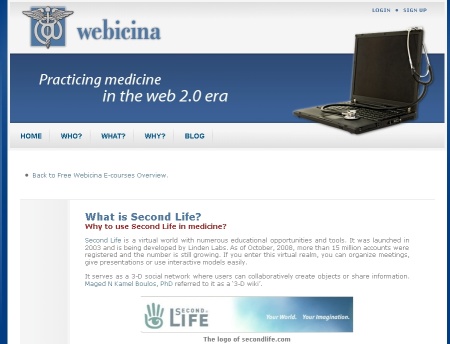

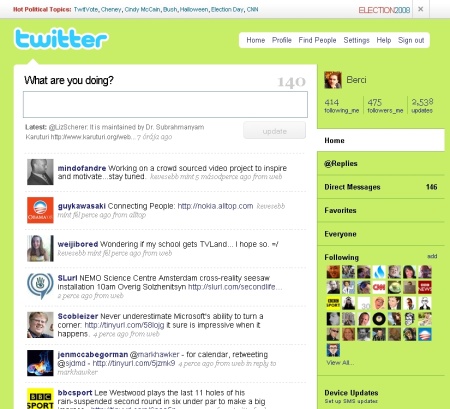
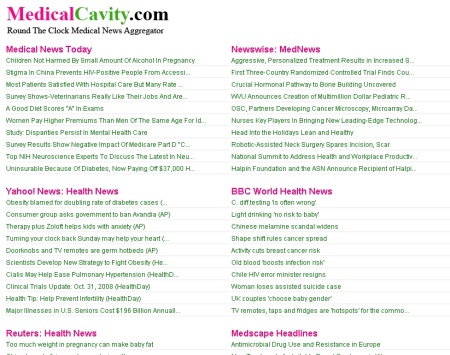
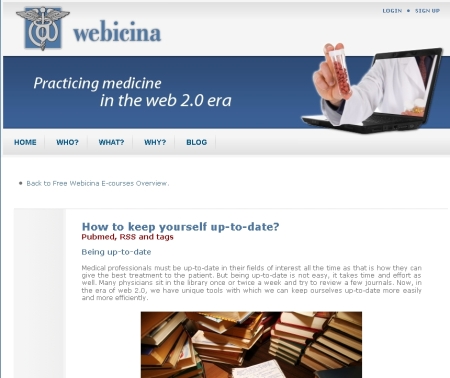
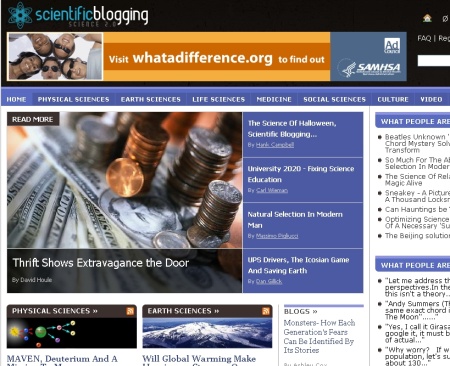
 creates a personalized risk assessment for you which shows not only drug-drug interactions but the much more common and often dangerous adverse drug side effects”.
creates a personalized risk assessment for you which shows not only drug-drug interactions but the much more common and often dangerous adverse drug side effects”.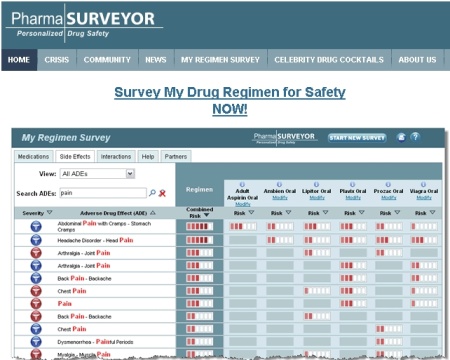
 In September, news emerged from China that thousands of babies had taken ill having drunk
In September, news emerged from China that thousands of babies had taken ill having drunk
No comments:
Post a Comment